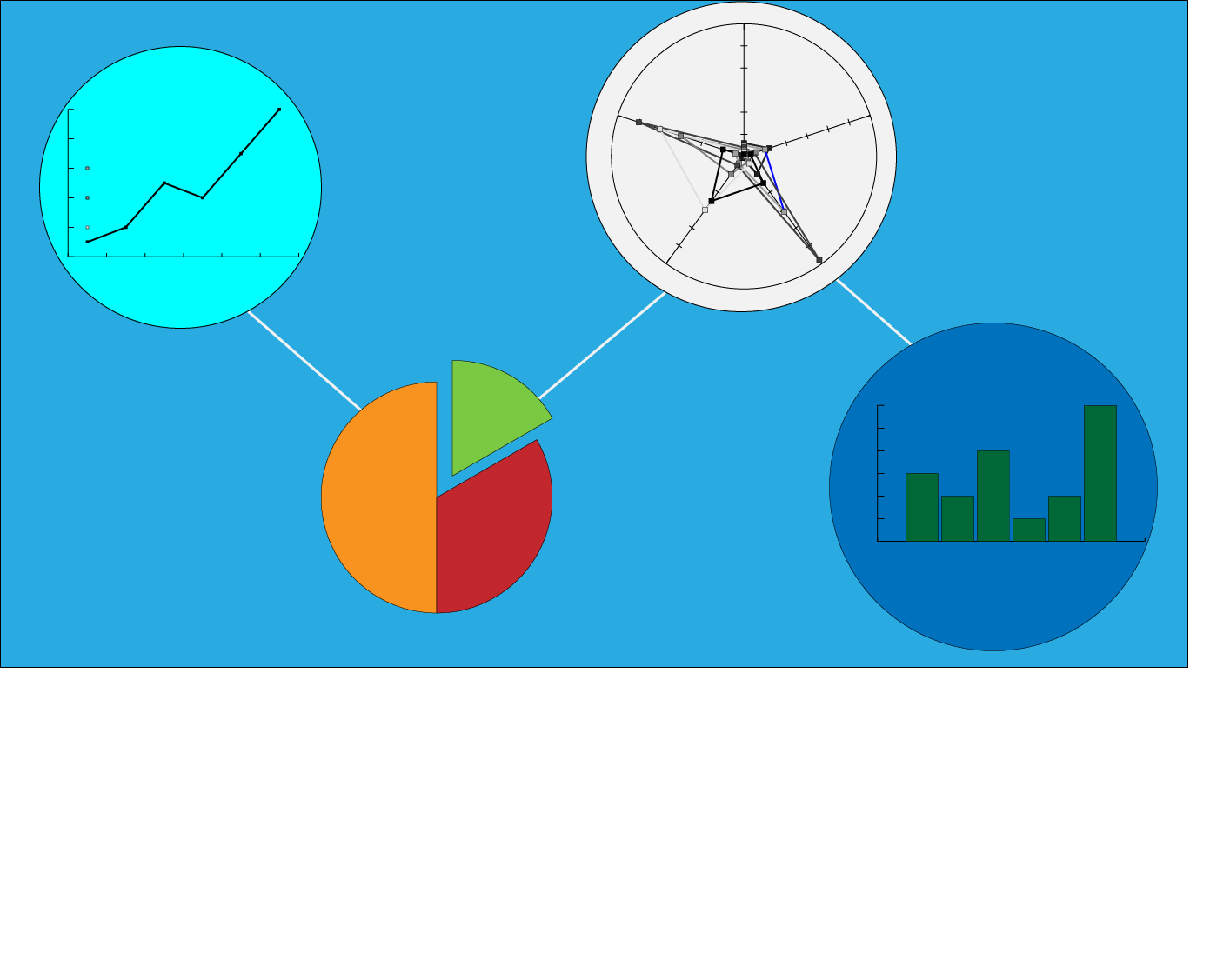
Volume Reporting Software
There are many different ways a report can be utilized in the day-to-day operations. Reports can provide the viewer important information for business decisions. Reporting on the various aspects of the business can be challenging for report creators. While one user may view the data for details on one facet, another may use the data for decision making. Every user wants the data displayed in the manner that makes the most sense for their role. Managers want graphs and charts of the profit margins and profitability of their assets. Dispatchers want data on their most efficient drivers to then use what they are doing as a training opportunity for the rest of their team. As accounting and back-office workers process the daily data, they want accurate and information available at a moments notice. Ultimately, if the data in a report can be extrapolated in the requested formats, the easier it will be for the user to apply the necessary actions.
Exporting
Exporting the data can be made easy with the technology nowadays. Data can be exported into various file types and then imported into other programs. Default reports may provide data that may not be needed for the report. Provided flexibility in selecting the file type could be the difference between editing the data within a default program or having no other option to apply formatting. The possibility to have a report created in correct format and be sent via auto subscription has been a stable consistency in most programs.
Reporting Insights
DC offers the most reporting offerings in the business. While starting out fresh years back, default reports for short volumes, daily volumes, order summary, volume average, and trading volume were provided with our solution. Our first reporting feature boasts countless data fields to add to a report. Through the many years, our customers have requested additional data points added so that their customers could have the data displayed in their formatting. Tracking which records have been exported was a developed feature from a customer need when reporting to their customer. DC created an optional tracking for records exported within the various report exports.
Flexible Data Transfer
DC developed Import Center and Custom Data to exceed the need to have importing capabilities and allow users to input a multitude of custom data points exportable in reporting. Advancing with the available technology, DC integrated with SQL Server Reporting Services (commonly known as SSRS) to provide users access to additional SQL query type reporting on their data. Coupled with DC’s foundation of our report center, the integrations of email subscriptions, FTP export (known as File Transfer Protocol), and Azure Blob storage export, provide user reports and SSRS reports access to transfer data from DC to external sources.
Recently, integrations have been developed further with the creation of export center. The counterpart to the import center, export center provides yet additional export capabilities to DC. Another need a customer requested led to the development of reporting on all data within DC. Every table that might contain data a customer could report on is no available for exporting with specific columns, filters, and advanced conditional parameters.
DC API integration is the future of data sharing across all platforms. Building an API expands the already vast offering for data exchange that has been the subject of multiple customers’ requesting DC to exceed their reporting needs. Give us a call today to find out how DC’s robust reporting can help you improve your workflow, drive data exchange, and increase your efficiencies!
